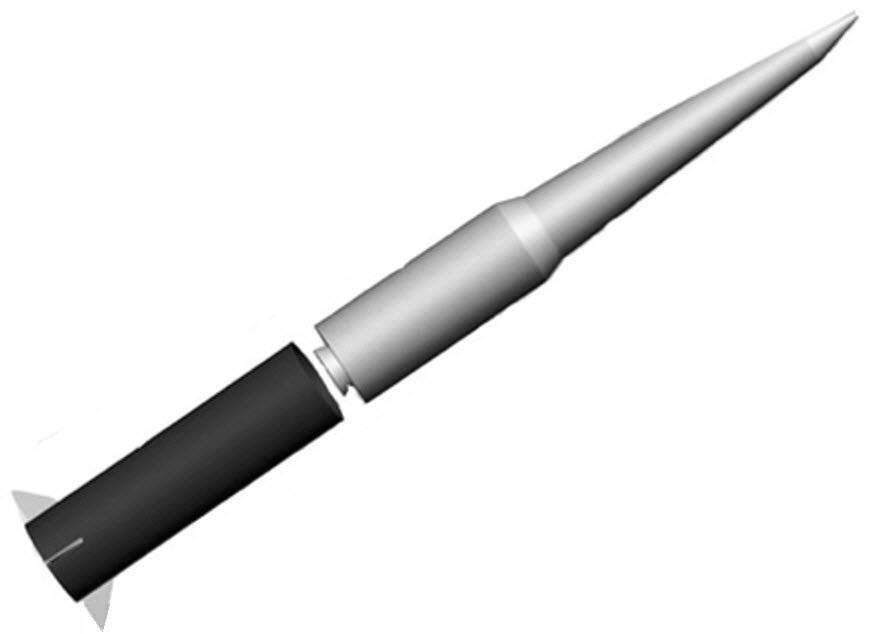Hendrik_2000
Lieutenant General
Well according to Henri K the PLA anti air missile will undergone transform from purely anti aircraft to other thing
So better missile is in the pipeline
According to an October 13 article in the Chinese military's official journal, PLAAF's anti-aircraft force is undergoing a major transformation to become an anti-aircraft, anti-missile and anti-aircraft defense. spatial "(向 防空 反导 防 天 型 转变).

So better missile is in the pipeline
According to an October 13 article in the Chinese military's official journal, PLAAF's anti-aircraft force is undergoing a major transformation to become an anti-aircraft, anti-missile and anti-aircraft defense. spatial "(向 防空 反导 防 天 型 转变).


